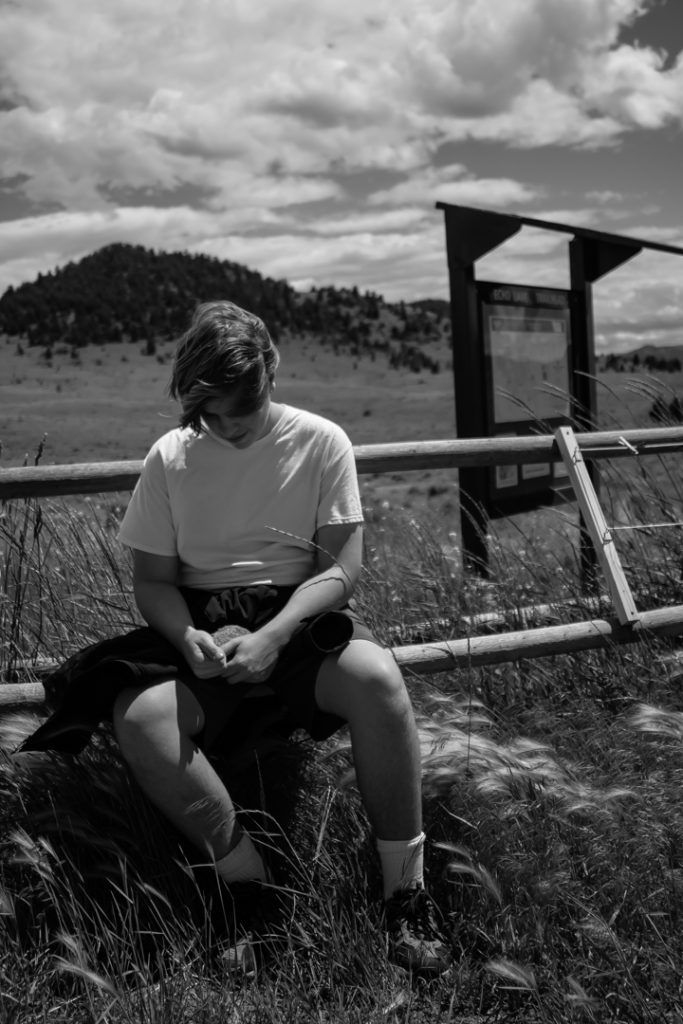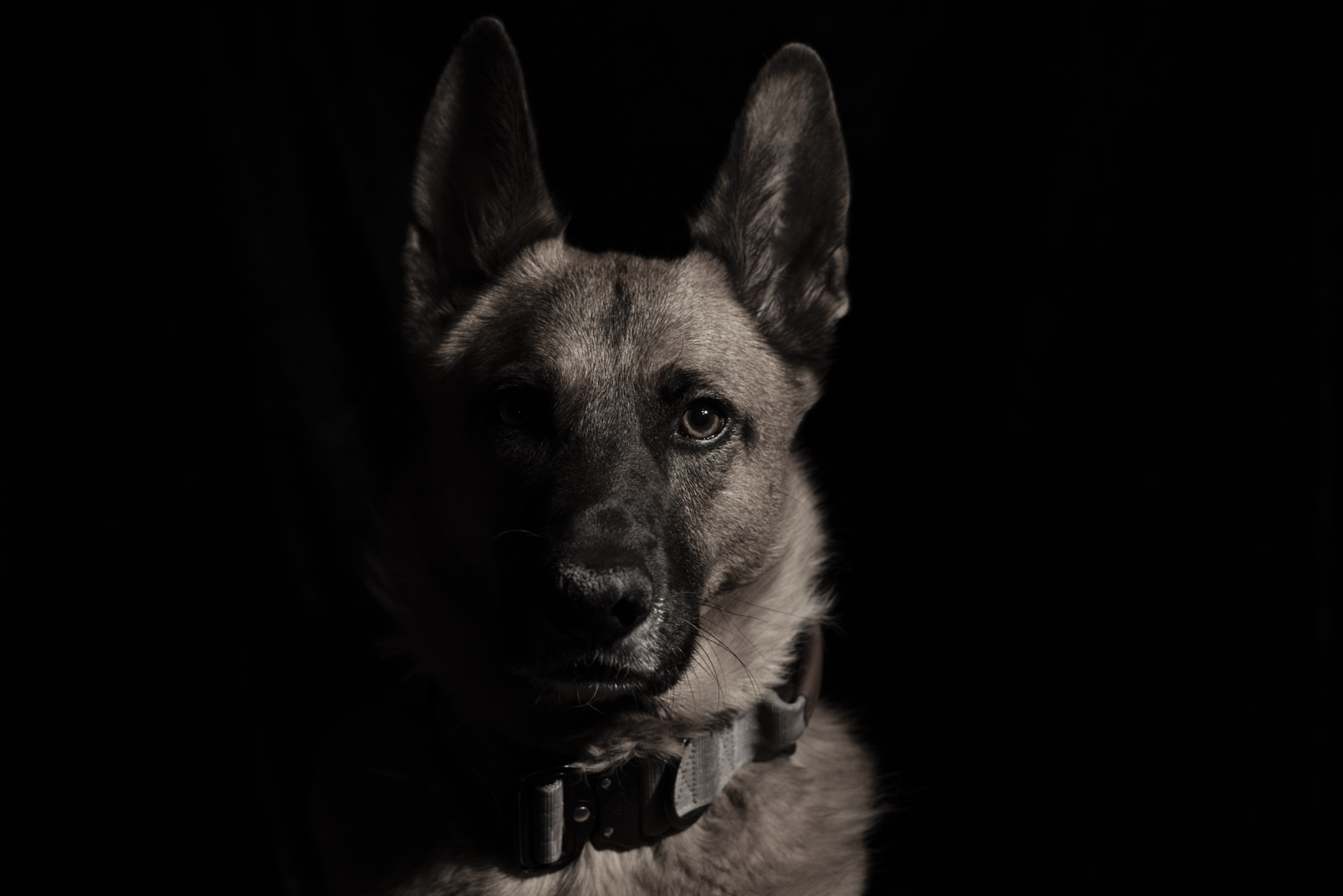Every photo you take can never be taken again. Simple truth. Even a photo of a statue—take the same photo again, and it’s a second older, or the lighting has shifted. When someone says, “This photo can never be taken again,” it can lose some of its impact if we apply it to every photo captured.
More often, we apply that sentiment, this photo cannot be retaken, to photos of fields that were later paved over with asphalt or replaced by apartment buildings. Buildings demolished. Moments captured between two people who are no longer with us. A child whose grown and on their own now.

We once moved into a new housing development early in its construction, around the time I started pursuing photography as a hobby again. I have a hard drive full of photos that can never be recreated—the wildflowers in the fields were long ago dug up, the land now covered in houses. One of my husband’s favorite photos was taken after a walk, showing a tree line that’s since been blocked by newly built apartments behind us.

Photography today is overwhelmed by the ease of taking pictures. Camera phones capture not just stills but videos—entire moments in time. Articles now talk about how to make your photos stand out in a sea of endless images. While photos captured with intent and skill are worlds apart from quick snapshots taken on impulse, the ease of snapping pictures has massively increased the volume of photos that, truly, will never be taken again.
So sure, maybe I’ve got too many photos on too many hard drives, too many pictures on my phone. But at least I know they’re one-of-a-kind—even the blurry ones of my dog mid-yawn.



